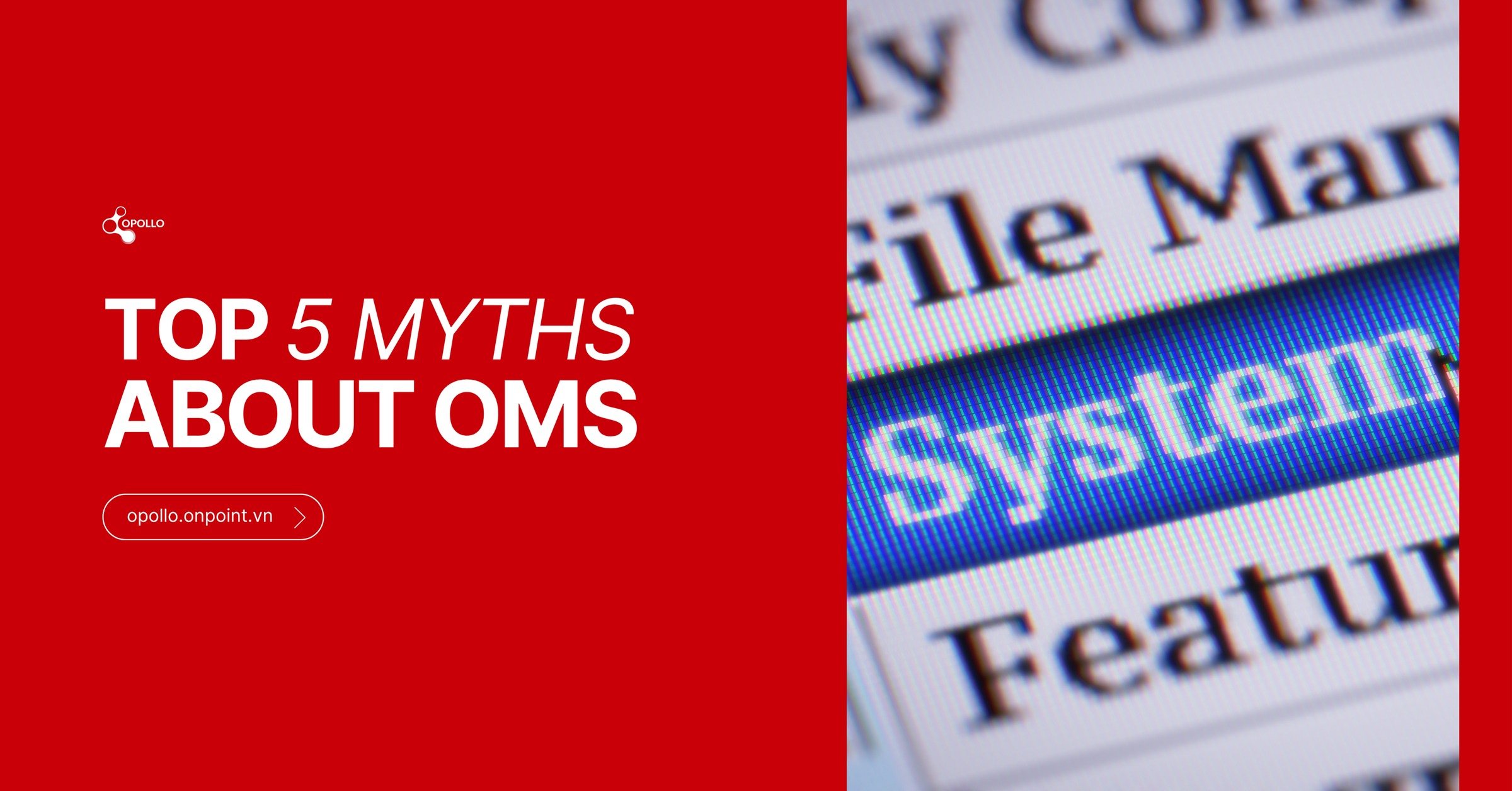Introduction
As e-commerce expands, Order Management Systems (OMS) have become essential tools for modern retailers. Yet many businesses still misunderstand what these systems actually do — or worse, assume they’re too complex, expensive, or unnecessary.
In this article, we’ll debunk the top 5 myths about Order Management Systems, explain what’s true, and show how the right OMS can simplify your operations instead of complicating them.
Table of Contents
- Myth #1: “We Don’t Need an OMS Until We’re Huge”
- Myth #2: “OMS Is the Same as ERP or WMS”
- Myth #3: “An OMS Is Too Expensive for Small Brands”
- Myth #4: “Our Marketplace Tools Are Enough”
- Myth #5: “OMS Is Hard to Implement and Use”
- Conclusion
1. Myth #1: “We Don’t Need an OMS Until We’re Huge”
Many brands believe OMS software is only for enterprises processing millions of orders. The truth? The earlier you implement one, the easier you scale.
A good Order Management System helps you manage multiple channels, automate stock updates, and prevent costly errors — even when you’re small. When you hit growth surges like 11.11 or Tết campaigns, your system is ready to handle it.
Truth: OMS isn’t for big companies — it’s for growing ones.
2. Myth #2: “OMS Is the Same as ERP or WMS”
This is one of the most common misunderstandings.
- ERP (Enterprise Resource Planning) focuses on finance, HR, and overall resource control.
- WMS (Warehouse Management System) manages the physical movement of goods inside the warehouse.
- OMS (Order Management System), on the other hand, controls how orders flow from all sales channels to fulfillment and delivery.
Truth: OMS connects everything — from order creation to delivery — and integrates with both ERP and WMS for complete visibility.
3. Myth #3: “An OMS Is Too Expensive for Small Brands”
In the past, OMS solutions were costly and complex. Today, cloud-based systems like Opollo OMS make enterprise-grade technology accessible to small and medium businesses.
You don’t need huge upfront investments or a tech team to maintain it. Instead, you pay based on usage and scale up as your business grows.
Truth: Modern OMS software is affordable, scalable, and ROI-positive from the first month.
4. Myth #4: “Our Marketplace Tools Are Enough”
Many sellers rely only on built-in tools from Shopee, Lazada, or TikTok Shop. These platforms handle basic tasks but don’t provide cross-channel visibility or automation.
If you sell on multiple channels, you’ll quickly face problems like:
- Overselling because stock isn’t synced across stores.
- Confusing customer data spread across different systems.
- Manual reconciliation for reports and accounting.
Truth: Marketplace dashboards are not OMS. They manage their platform — not your entire business.
5. Myth #5: “OMS Is Hard to Implement and Use”
Modern OMS platforms are designed for ease of use. Cloud deployment, API integrations, and pre-built connectors make setup quick and simple.
With Opollo OMS, brands can get onboarded in days — not months. The interface is intuitive, and automation rules can be customized to your workflows without coding.
Truth: A well-designed OMS saves time, not adds complexity.
Conclusion
Order Management Systems are no longer luxury tools — they’re the foundation of efficient e-commerce operations. Whether you process 500 or 50,000 orders a month, an OMS helps you stay accurate, responsive, and scalable.
Don’t let myths hold you back. The right OMS is affordable, easy to use, and built for your growth.
👉 Discover how Opollo OMS helps brands centralize order management, automate fulfillment, and scale smarter. Visit opollo.onpoint.vn.

